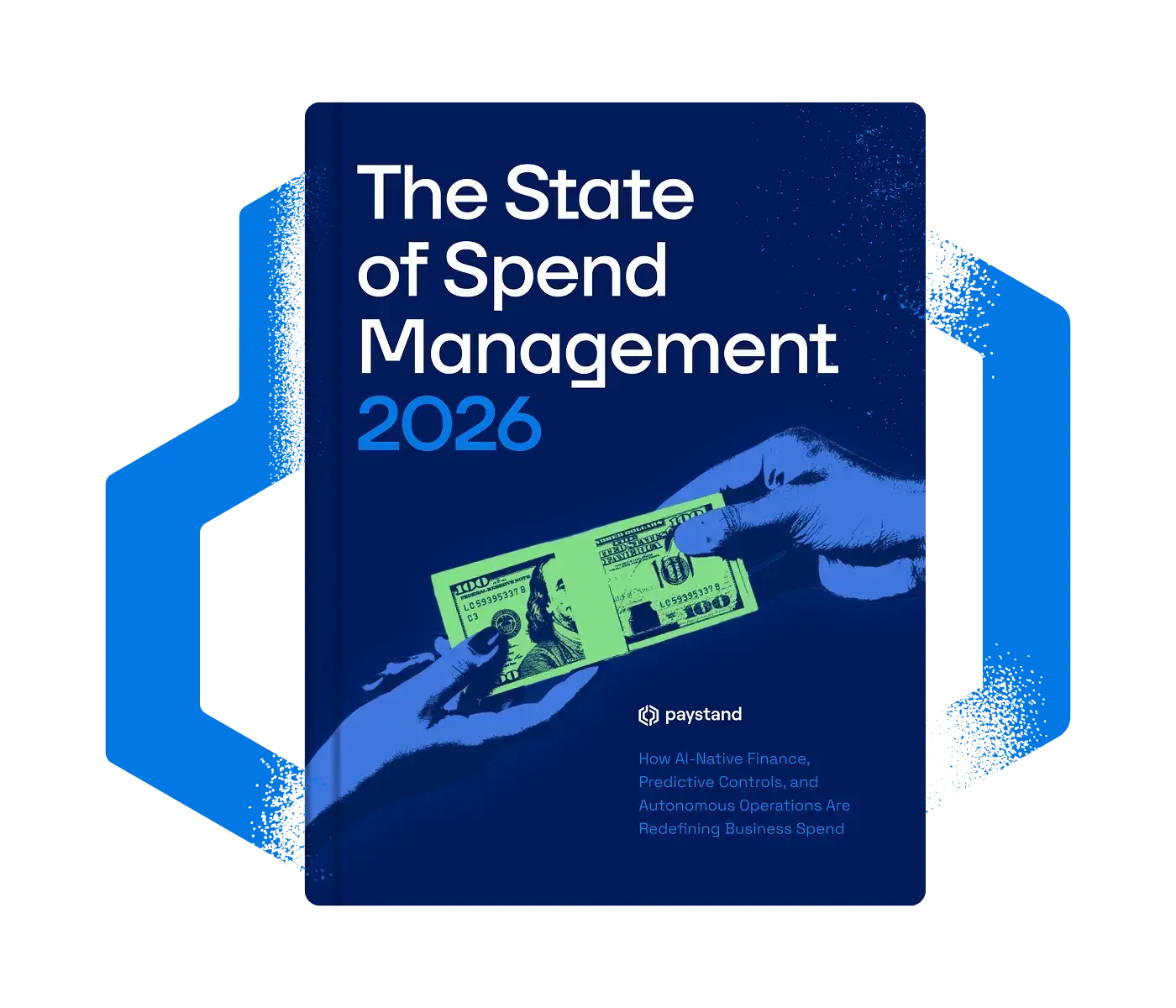The world of financial reporting has come a long way over the last decade. Processes that were once performed manually by entire teams of finance professionals can now be partially or fully automated to save time, improve accuracy, and streamline critical operations.
Robotic process automation (RPA) represents one of the most pragmatic ways to transform your reporting processes and increase the efficiency of finance. Here’s everything you need to know about RPA.
What Is Robotic Process Automation (RPA)?
Robotic process automation involves the use of software bots to automate repetitive and rule-based tasks. These bots can perform a wide range of functions, from data entry to analysis, with minimal human intervention.
In the context of financial reporting, RPA can handle tasks such as data extraction, reconciliation, and report generation, thereby freeing up valuable time for your team to focus on more strategic activities.
Benefits of Automating Your Reporting Processes
Financial automation offers all sorts of benefits for you, your organization, and your team.
Streamlined Processes
One of the biggest appeals of RPA is that it can automate end-to-end financial reporting workflows. In turn, you’ll reduce the amount of time and effort required to compile and analyze data. This leads to faster report generation and more timely insights.
Imagine all the time you’ll save when you and your team are no longer bogged down by redundant tasks. You can use this extra time to dig into financial data and position the department as a strategic asset to C-suite decision-makers.
Fewer Errors
No matter how detail-oriented your team is, they are bound to make mistakes from time to time. The more data entry you engage in, the greater the risk of error. RPA eliminates this concern by ensuring that data is accurate and consistent. Because bots can handle huge volumes of data with precision, you can trust that your reports are based on correct figures.
Improved Accuracy
By automating data extraction and reconciliation, RPA ensures that your financial statements are accurate and up to date. Bots can compare hundreds of data points to identify and remedy discrepancies before they negatively impact the reliability of your reports. Improving your reconciliation capabilities will also promote better compliance.
Better Access to Data
Manual reporting processes are just plain inefficient. By the time you’ve compiled a detailed report, the information could be weeks old. This means that the C-suite will be basing decisions on outdated data.
Through robotic process automation, you can make financial data more readily accessible, thereby promoting real-time decision-making. The sooner you can get actionable insights into the hands of business leaders, the better their odds of using that data to gain a competitive edge.
Cost Savings
Automating repetitive tasks reduces the need for manual labor, resulting in long-term cost savings. Additionally, RPA can help prevent costly miscalculations and fines associated with noncompliance — this will benefit the company’s bottom line.
Cutting costs can free up capital for additional automation initiatives. Before you know it, your RPA program will build up substantial momentum, unlocking the resources and support necessary to automate other finance tasks.
Enhanced Compliance
RPA can be programmed to adhere to regulatory guidelines, ensuring that your reporting processes are compliant with industry standards. This reduces the risk of violations and the associated penalties.
Compliance mishaps do more than open the door for fines. They can also tarnish your company’s reputation among prospective investors and business partners.
How to Implement RPA Into Your Workflows
Getting started with robotic process automation can be simpler than you might expect. Completing the following tasks will start you off on the right foot.
Identify Processes to Automate
First, determine which financial reporting processes to automate. Focus on workflows that consist of repetitive, rule-based tasks that do not require nuanced decision-making.
Choose the Right Tool
Next, find an RPA tool to create and implement your workflows. Consider factors like user-friendliness, scalability, and integration capabilities. Consult with your IT team to find a practical solution that’s also easy to maintain.
Build Workflows
Once you’ve selected your tool, work with IT to create custom workflows. This involves mapping out each step of a process and configuring bots accordingly.
Test and Optimize
Before you go live, carefully test your bots to make sure they are following the rules. Manually check their calculations to ensure that the bots are consistently producing accurate results.
Train Your Team
Get your staff on board and teach them how to use robotic process automation. Achieving high levels of buy-in is critical to the success of your new initiative. With that in mind, focus on how RPA makes your team members’ lives easier and reduces the burden on them.
Are You Ready for Automation?
If you think it’s time to roll out RPA in your finance department, use the simple steps outlined above to plan your initiative. Before you know it, you’ll be automating redundant tasks, saving time, cutting costs, and maximizing the efficiency of your financial reporting processes.




